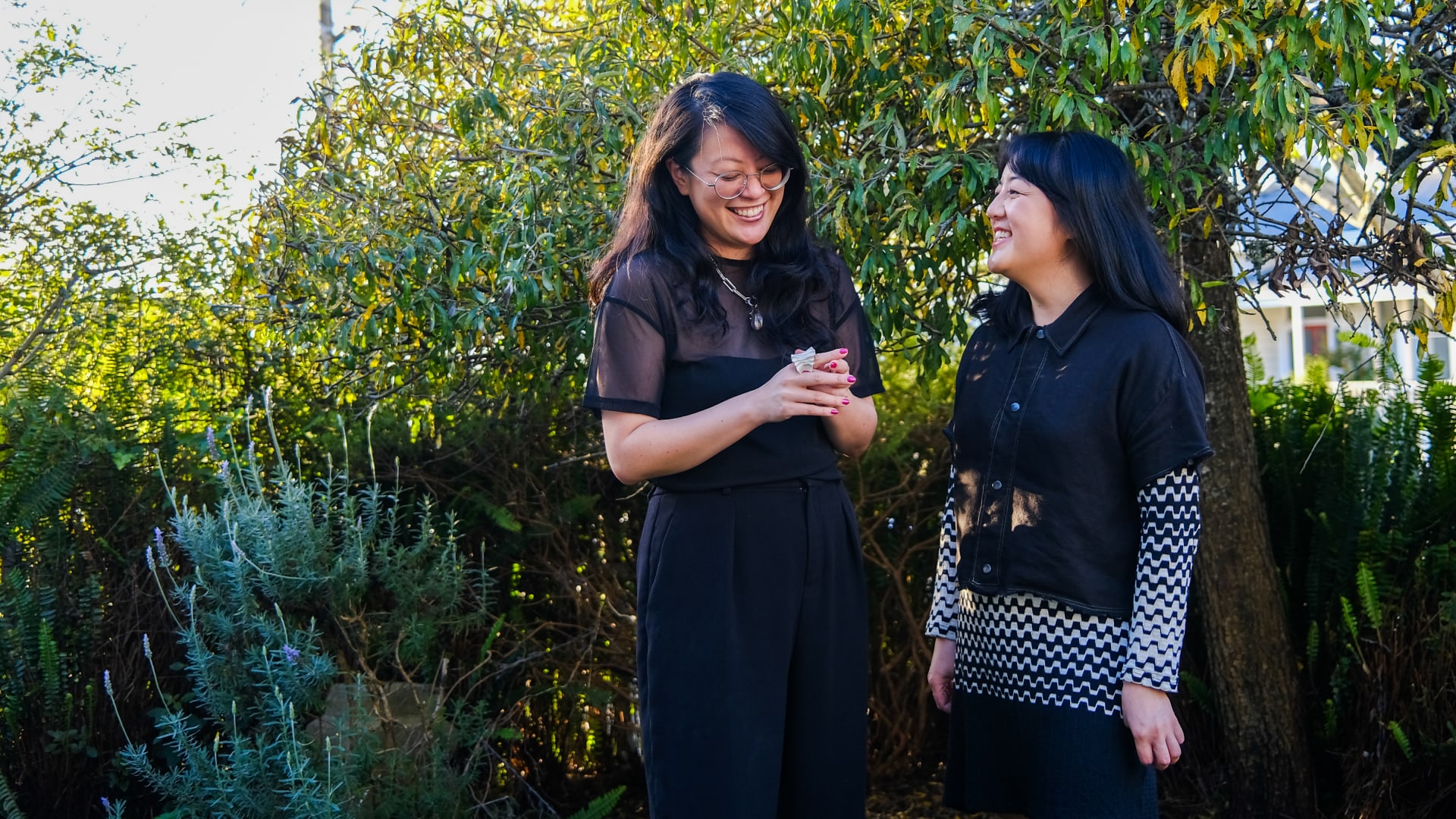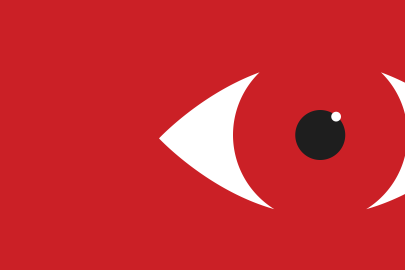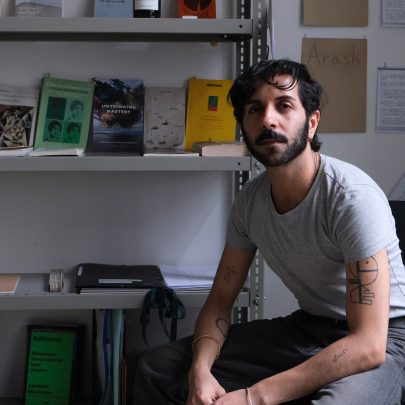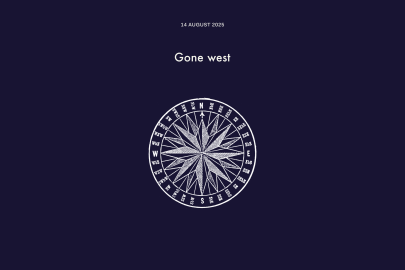Nov 8, 2024 Arts
Abigail Dell’Avo: Can you tell us about the creation of Satellites?
Rosabel Tan: We actually met in 2015 when Emma was the curator at Enjoy — an artist-run space in Pōneke — and I was the editor at The Pantograph Punch. Emma invited me down to run a workshop on art criticism and we started talking about a piece she wanted to write on the history of anti-Asian sentiment in Aotearoa. That became Old Asian, New Asian, which eventually became a BWB Text.
Emma Ng: After that, we worked together a couple of times, as Rosabel began thinking about Satellites.
Rosabel Tan: Satellites was born in 2017 when Auckland Council invited me to develop a programme that addressed the lack of Asian representation across our creative sector. In its early days, we did this by working with different Aotearoa Asian artists to create temporary installation and performance works for public spaces across Tāmaki Makaurau.
Emma Ng: For that, Hera Lindsay Bird and I curated the Mood Machine, a holographic vending machine that dispensed art and poetry based on people’s moods. And then in 2018, I helped organise the opening-night party at Te Papa for the Asian Aotearoa Arts Hui — the brainchild of Kerry Ann Lee — and we arranged for Rosabel to bring a few of the Satellites works down. Thousands of people came to that party. The weekend felt like a huge turning point for the Asian arts community in Aotearoa.
Rosabel Tan: It was so cool! I think it was the first time I felt part of a quote-unquote ‘Asian arts community’, which might seem like an odd thing to say given the work I was doing, but it was the first time I’d been around so many other artists having conversations specifically about Aotearoa Asian art-making. For the first time, I felt part of a lineage of practitioners.
Emma Ng: There were so many artists from different art forms and of different ages, and it was amazing to connect with some of the artists who paved the way for the explosion of Aotearoa Asian arts that happened in the mid-2010s. Some of these people now live overseas, so having them there was really special — artist Yuk King Tan, writer Alison Wong and curator Vera Mey all came to the hui from overseas — plus some local legends like Simon Kaan and Lynda Chanwai-Earle. Also in the mix were art students — a group from Elam came down, and students from Massey were a huge part of the programme.
Rosabel Tan: I remember Alison Wong pulling me aside on opening night — I had never met her before that evening — and she urged me to keep writing. It was a really profound moment. The Asian arts community here was, and is, so young, and in literature — probably in
other disciplines, too — there hadn’t been that same generational continuity where we got to be in conversation with those before us, whose shoulders we were standing on. So many writers leave or stop writing.
Emma Ng: Creating a sense of generational continuity is one of our biggest aims with Satellites now, and what we mean when we say we want to connect the past, present and future of Aotearoa Asian art.
Rosabel Tan: Okay, so we have to rewind to the pandemic. I think so nostalgically about that first year. It was awful for so many reasons, but it also created a rupture in the world that invited us to reconsider how we do things. Satellites, as it used to exist, died that year — but that meant there was an opportunity to think about what role it could play in the future.
One of the things that had been on my mind was that the environment that Satellites was born into had changed dramatically in three short years. There were way more Asian artists making work. I had been questioning whether Satellites as it existed still made sense.
Emma Ng: Demographically, that tracks. A new generation of Asian artists were coming through, from the now well-established — and really diverse — Asian communities which call Aotearoa home.
Rosabel Tan: We were really lucky to be supported by Te Taumata Toi-a-Iwi [Auckland’s regional arts trust] to look at exactly this: the state of our Asian cultural and creative sector in Tāmaki Makaurau and what infrastructure could be put in place to enable it to sustainably flourish. We surveyed, interviewed and listened to more than 200 different practitioners from across the region.
Emma Ng: We also began putting together a timeline of the history of Asian arts practice in Aotearoa — and that made us realise how hard to find some of that information was, and what a difference it might make to our collective understanding if more was recorded and easily accessible. That was the starting point for the Satellites archive.
Rosabel Tan: So Satellites evolved into a digital archive, a visiting artists programme and an online magazine, all being delivered this year. So much of the work is based on that desire for knowledge — not only in terms of the history of our artists, but the cultural knowledge of our ancestors. Plus maybe more crucially, opportunities to consider how those different ways of thinking and doing might be translated by artists into a diaspora context for us here, in Aotearoa, as tangata Tiriti.
That’s where the visiting artists programme comes in. As a young community, our thinking around this is very much in its infancy, and we feel we can also learn a lot from internationally based artists who have been grappling with these ideas for multiple generations.
Emma Ng: Then the magazine brings this all together and allows artists to be connected in conversation — across the motu, across generations and across different art forms: a foundation for understanding the contemporary conversations that are taking place around Aotearoa Asian art-making.
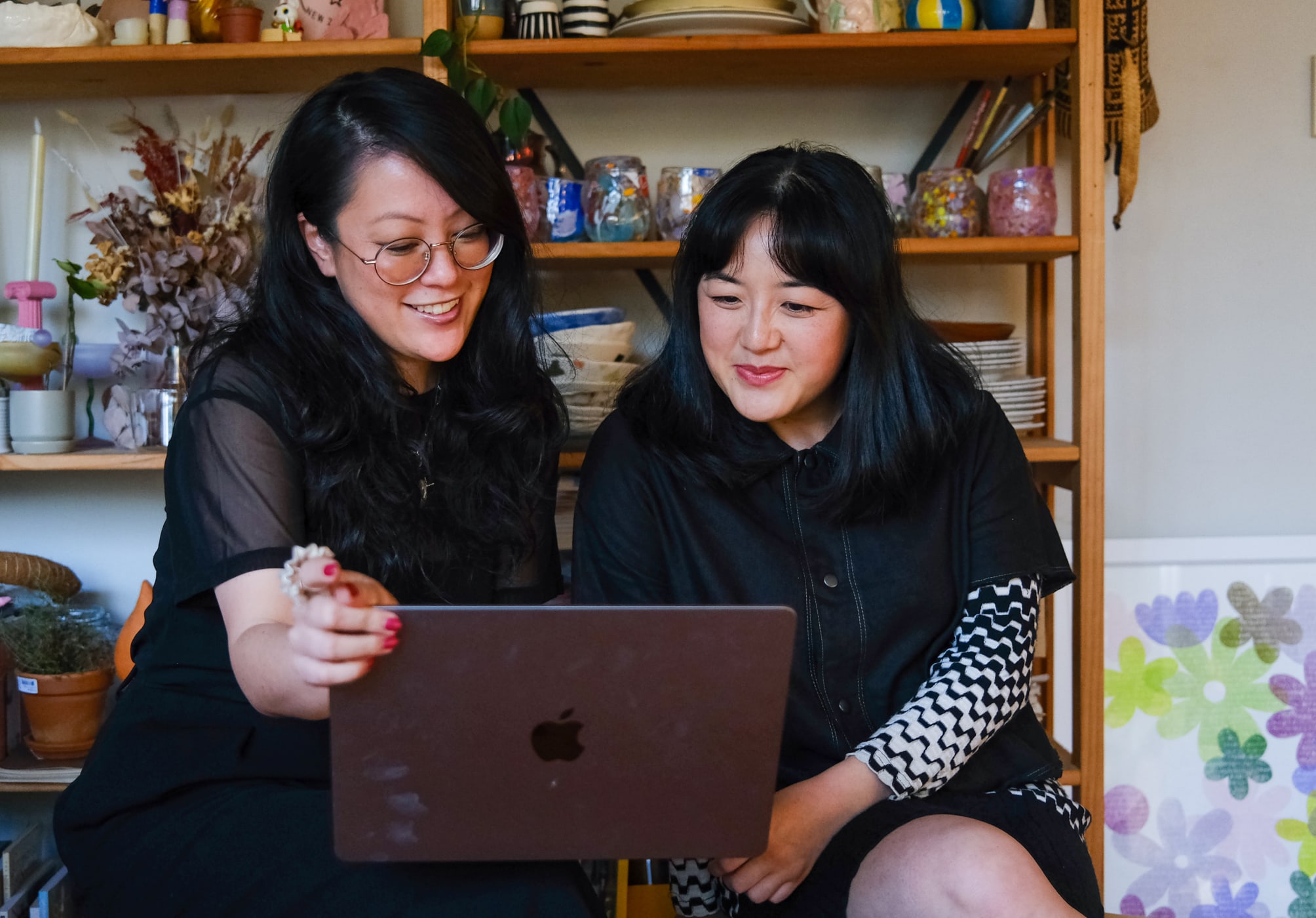
Abigail Dell’Avo: Could you provide more insight into the digital archive of Aotearoa Asian artists? How was it curated, and what content can users expect to find?
Emma Ng: The archive features artists, artworks and significant moments in Aotearoa Asian art history. Each entry is researched and written by one of our archivists, who works with the artists to collect and include material. As well as informative texts, you’ll find bits and pieces like show posters, videos, private messages, early drafts, research notes and photographs.
There have already been so many fun surprises — Yona Lee’s drawings from when she was planning her incredibly complex sculptural installations of stainless-steel pipes, the original proposal that Julie Zhu and Saraid de Silva wrote for their podcast Conversations with My Immigrant Parents, and the email exchange that led to the formation of the band The Beths.
Rosabel Tan: I love the archive. I already use it all the time. And we designed it not just for other Asian artists but for anyone who works in the creative sector or is interested in Aotearoa Asian creativity.
Emma Ng: Each Satellites archivist has their own art practice, connections and areas of interest, and they play a big part in deciding what to add to the archive next. It’s pretty grassroots in this way — we’re not necessarily making a big ranked list of who we think is most important, as we know that will always be a judgement call. Instead, we aimed to include a range of art forms and artists at different stages to signal how inclusive we hope the Satellites archive will be.
Rosabel Tan: We also have an online suggestion box. We’re really conscious that the knowledge we’re trying to gather is fragmented and held by a lot of different people.
Abigail Dell’Avo: Can you elaborate on the visiting artists programme? What opportunities does it offer for both local and international artists, and how does it foster collaboration and cultural exchange?
Rosabel Tan: We work with a curatorial group of senior practitioners working across a range of art forms. They decide whom we invite. And then the artists who visit are invited to take part in three different things: something public like an exhibition, a performance or a talk, a workshop where they can share their craft with artists here, and this thing we’ve been calling ‘curiosity time’ where we create time and space for reciprocal exchange.
The curiosity time starts with a Tiriti and tikanga workshop, and then expands out to specifically respond to the interests of the artists. At the moment, we have artist Shubigi Rao — whose Venice Biennale work, Pulp III: An Intimate Inventory of the Banished Book, was just presented by Te Tuhi at Te Wai Ngutu Kākā — here in Aotearoa. As part of her curiosity time, Rao is travelling around the city, meeting people who run alternative libraries or alternative forms of knowledge preservation — this, in turn, will inform future work.
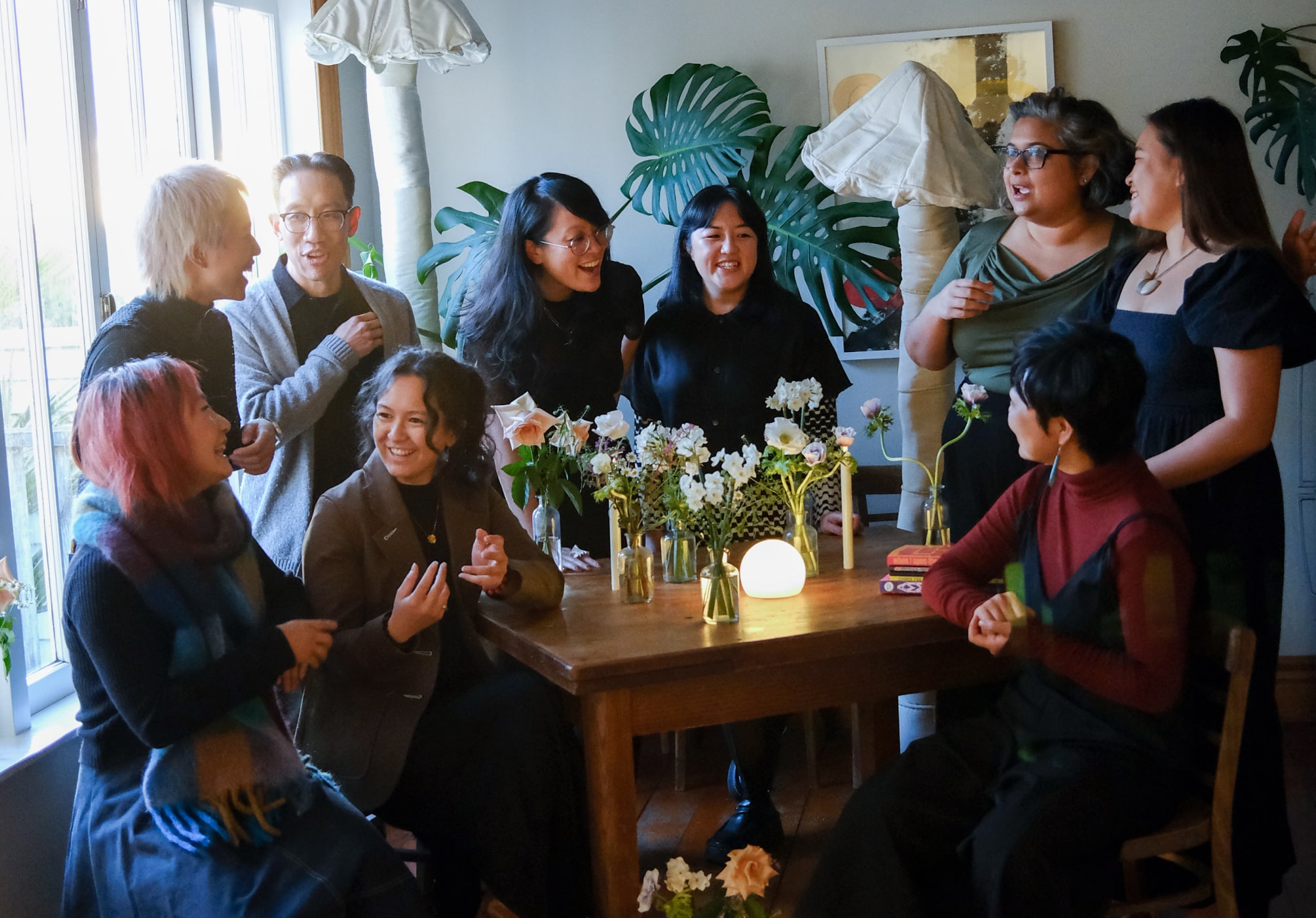
Abigail Dell’Avo: What are Satellites’ goals and aspirations for the future? Do you plan to continue evolving and expanding your initiatives?
Rosabel Tan: The purpose of Satellites, I think, is to always respond to the gap.
Emma Ng: At the moment, we’re looking at what funding we might be able to get to continue adding to the archive.
Rosabel Tan: There’s still so much we want to add.
Emma Ng: After that it’s probably a slow burn — offering this knowledge to our artist communities and seeing what grows over the next 10, 15, 20 years.
Rosabel Tan: And hopefully that growth is plentiful, and messy, with work that takes us by surprise, that makes you laugh, that cuts to the bone, that centres on conversations that could only happen in Aotearoa.
Emma Ng: I think we see this as a connecting piece. We hope that by honouring our previous generations, younger artists coming through feel like they have the freedom to start new conversations and try new things.

